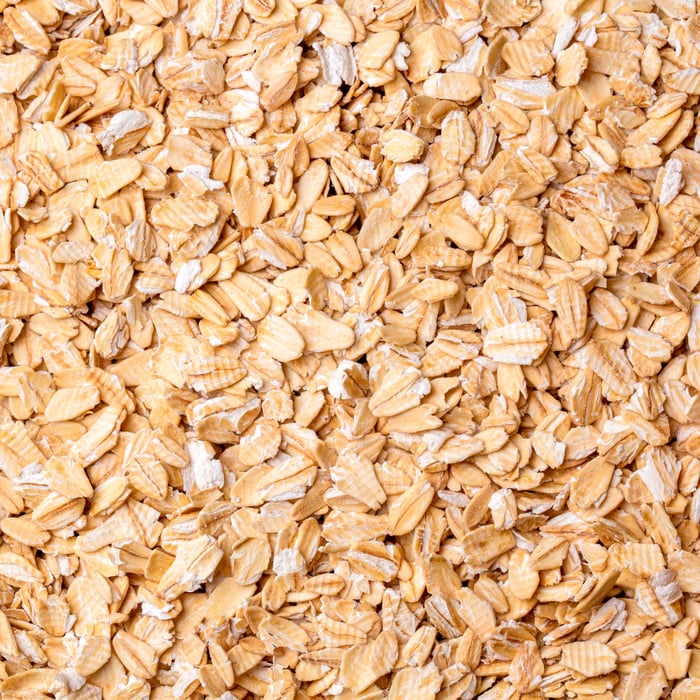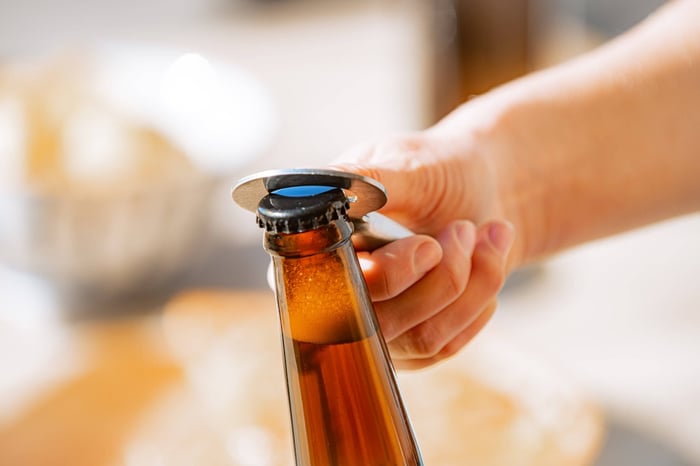Ever wonder why some homebrew batches make you do a happy dance while others leave you scratching your head? The secret might be hiding in plain sight—your brewing water. Sure, we all know about malt, hops, and yeast, but water is the unsung hero that comprises over 90% of your finished beer.
Think of water as your beer's foundation. You wouldn't build a house on shaky ground, so why settle for questionable H2O in your brew kettle? The difference between a decent pint and one that makes your neighbors beg for the recipe often comes down to understanding what's actually swimming around in your water.
Start With the Basics: Know Your Water Source
Before we dive into the chemistry rabbit hole, let's talk about what's coming out of your tap. Not all water sources are created equal, and knowing yours is half the battle.
City Water Systems Most municipal suppliers add chlorine or chloramines to keep nasty bacteria at bay during the journey from treatment plant to your glass. Problem is, these chemicals can seriously mess with your yeast's mojo, leading to some pretty funky off-flavors.
Private Wells and Natural Sources Well water often comes loaded with metallic ions like iron, which can make your beer taste like you're licking a penny. Not exactly the flavor profile we're going for here.
Bottled Water Options Store-bought water is usually your safest bet and offers consistency batch after batch. Just steer clear of those fancy volcanic spring waters—they're packed with minerals that'll throw your recipes for a loop.
When Things Go Wrong: Common Water-Related Off-Flavors
Notice some weird tastes creeping into your brews? Let's troubleshoot the most common culprits:
That Band-Aid/Medicinal Funk If your beer tastes like you raided the medicine cabinet, you're dealing with chlorophenols. These form when chlorine or chloramines meet your yeast. Fix this by using a carbon filter, adding Campden tablets, or boiling your water for 7 minutes before brewing.
Metallic or Copper-Penny Flavors This usually points to iron or other metals in your water supply. Chemical treatment or proper filtration will knock this problem right out.
Inconsistent Results Between Beer Styles If your pale ales rock but your stouts fall flat (or vice versa), your water's mineral profile favors one style over another. Either stick with what works or consider adjusting your water chemistry to expand your brewing horizons.
Diving Deeper: The Chemistry That Makes Magic Happen
Ready to level up from good to absolutely killer beer? Time to get friendly with some chemistry basics.
pH: The Brewing Sweet Spot
pH affects every stage of your brewing process, and getting it right is crucial:
- Mash pH: Target 5.2-5.6 for optimal enzyme activity
- Boil: pH naturally drops due to sugar reactions and hop additions
- Fermentation: pH drops further to 4.0-4.5, creating a protective environment against spoilage bacteria
The Ion Squad: Key Players in Water Chemistry
Each ion in your brewing water plays a specific role in your beer's final character. Here's what you need to know:
Calcium: The Multitasker This workhorse ion doesn't add much flavor but handles multiple critical jobs:
- Boosts mash acidity for alkaline water
- Supports enzyme function
- Improves hop bitterness extraction
- Reduces haze and lightens wort color
Add calcium through gypsum (calcium sulfate) or calcium chloride for best results.
Magnesium: The Enzyme Helper Works alongside calcium to promote enzyme activity and serves as yeast nutrition. Small amounts can actually enhance your beer's overall flavor complexity.
The Dynamic Duo: Sulfates vs. Chlorides This ratio determines your beer's fundamental character balance:
- Chlorides: Enhance malt flavors, increase perceived sweetness, and boost mouthfeel. Perfect for malt-forward styles like brown ales and porters.
- Sulfates: Amplify hop character and bitterness perception. Essential for IPAs and other hop-forward styles.
Higher sulfate-to-chloride ratio = hop-forward beer Higher chloride-to-sulfate ratio = malt-forward beer Equal amounts = balanced profile
Sodium: The Flavor Enhancer Can improve taste and mouthfeel in moderate amounts but becomes harsh and salty at high levels. Never use iodized salt—the iodine is toxic to yeast.
Take the Guesswork Out With Technology
Water chemistry might seem intimidating, but we've got your back. The Grainfather app recipe calculator takes your equipment specs, source water analysis, and grain bill to calculate exactly what salts and acids you need for your specific beer style.
No more crossed fingers hoping your water works—now you can brew with confidence knowing your water profile matches your recipe perfectly.
Ready to Transform Your Brewing Game?
Water chemistry isn't just for the lab coat crowd. It's a practical tool that can take your homebrew from "pretty good" to "absolutely phenomenal." Start simple, experiment safely, and taste the difference proper water treatment makes.
Have any questions about water chemistry? Drop us a line - we love hearing about your brewing adventures.
For more brewing knowledge that'll up your game, check out our complete Brewing 101 series. Because great beer starts with great fundamentals.
Grainfather Team










